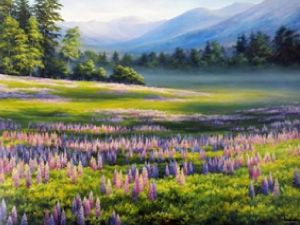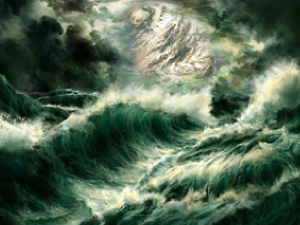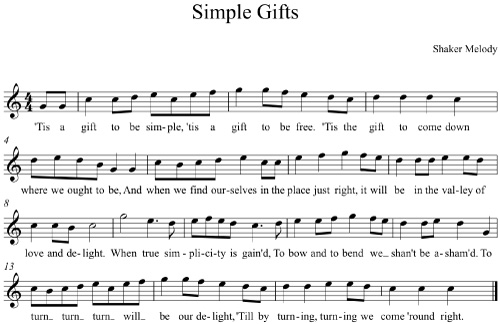 
Figure 3 – Crawford Notch (V. Harmon) Figure 4 – Stormy Seas (M. Williams)
Questions:
-
Which painting does the music of the first 3 minutes of Appalachian Spring seem to suggest to you?
-
What are the qualities of this opening music that you associate with the painting you have chosen?
-
What happens to the music when you reach 3 minutes, 4 seconds?
-
Do your eyes move to a different painting at 3 minutes, 4 seconds?
MUSIC MEMORY SELECTION:
The piece we have chosen for Music Memory this year is a part of Appalachian Spring, the orchestral suite. It is called “Variations on a Shaker Melody.” Aaron Copland composed the piece in the form of “theme and variations.” The “theme” of the variations is based upon a very familiar Shaker melody: Simple Gifts.

Would you like to learn to sing Simple Gifts? Practice clapping the rhythm of the notes with your teacher, or click on the audio file below, and follow the notes as they are played on the piano for you. Once you have learned the rhythms and melody, practice singing along with the words.
[ca_audio url_mp3=”https://shreveportsymphony.com/site/wp-content/uploads/2014/12/CoplandGiftsAudio1.mp3″ url_ogg=”” width=”350″ align=”none”]
Now that you can sing Simple Gifts, you’re ready to listen to the New York Philharmonic Orchestra play Aaron Copland’s Variations on a Shaker Melody. In this recording, the orchestra is conducted by another great American composer, Leonard Bernstein.
As you listen, count the number of times you hear the orchestra play Simple Gifts. As Aaron Copland passes the melody from one instrumental family to the next, see if you can recognize the instruments being played. Here’s a list of variations to guide your listening:
-
STATEMENT OF THEME (Simple Gifts)
-
Clarinets (Woodwind Family) play Simple Gifts the first time.
-
1st Variation: Oboe and Bassoon (Woodwind Family)
-
2nd Variation: Cello and Violin (String Family)
-
3rd Variation: Trumpet and Trombone (Brass Family)
-
4th Variation: Clarinets (Woodwind Family)
-
5th Variation: Full Orchestra
MELODY REPEATED 6 TIMES = Theme plus 5 variations.
KEYWORDS:
theme and variations / ballet / orchestral suite / evoke
THINGS TO THINK ABOUT:
While listening to the opening of Appalachian Spring, you were asked to look at four different paintings and to choose the one that most closely resembled the texture of the music you were hearing. At 3 minutes 4 seconds into the piece, the texture of the music suddenly changed, and when it did, you were asked if your eyes switched to a different painting. This exercise seems to suggest that music can evoke different visual images.
If you think that music can suggest visual images, do you think that visual images can suggest music?
Before answering, watch the following video of Ryan Meagher, jazz guitarist, and Celia Rossi, visual artists. Are the images Celia is painting influencing the music Ryan is playing?
|